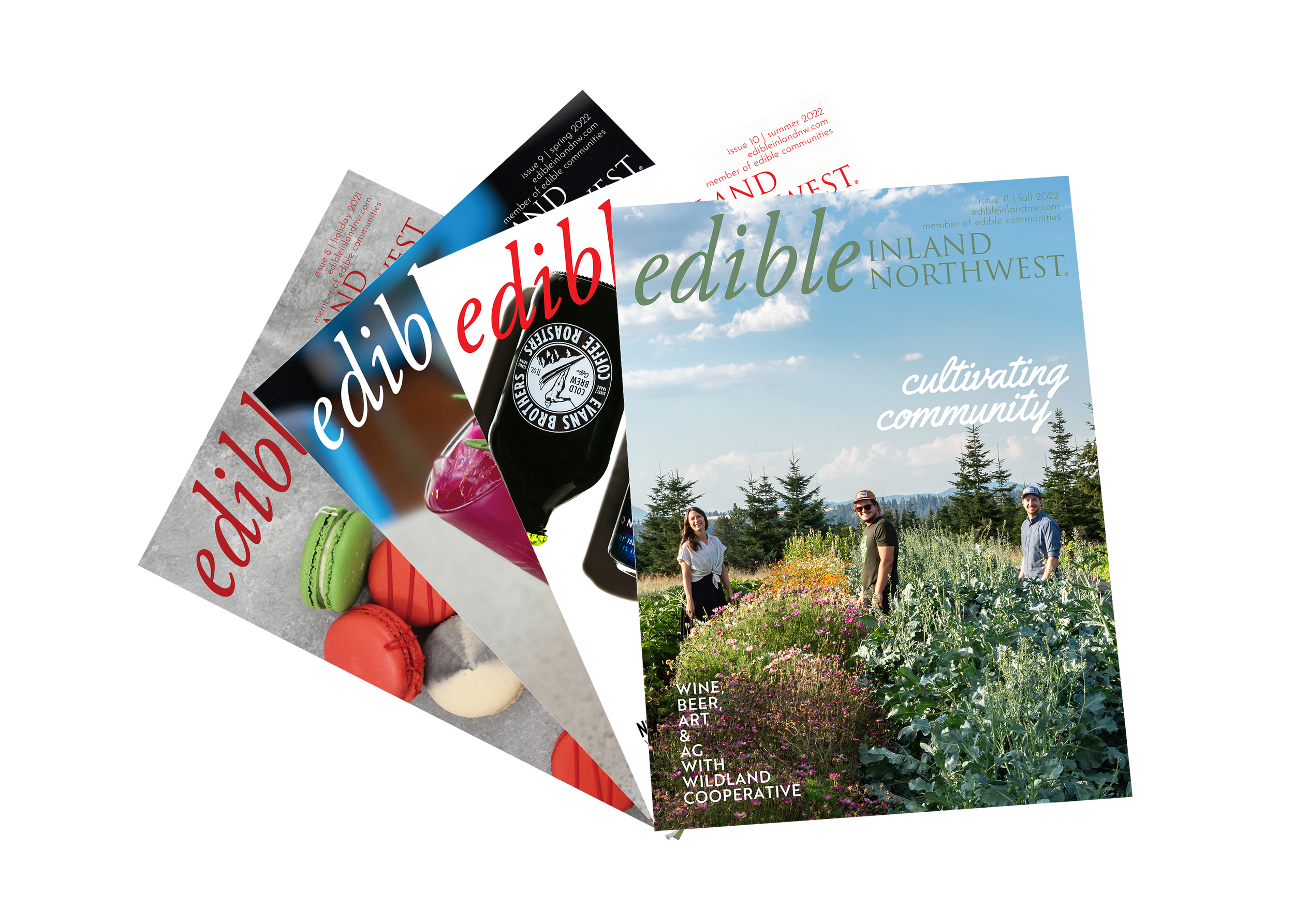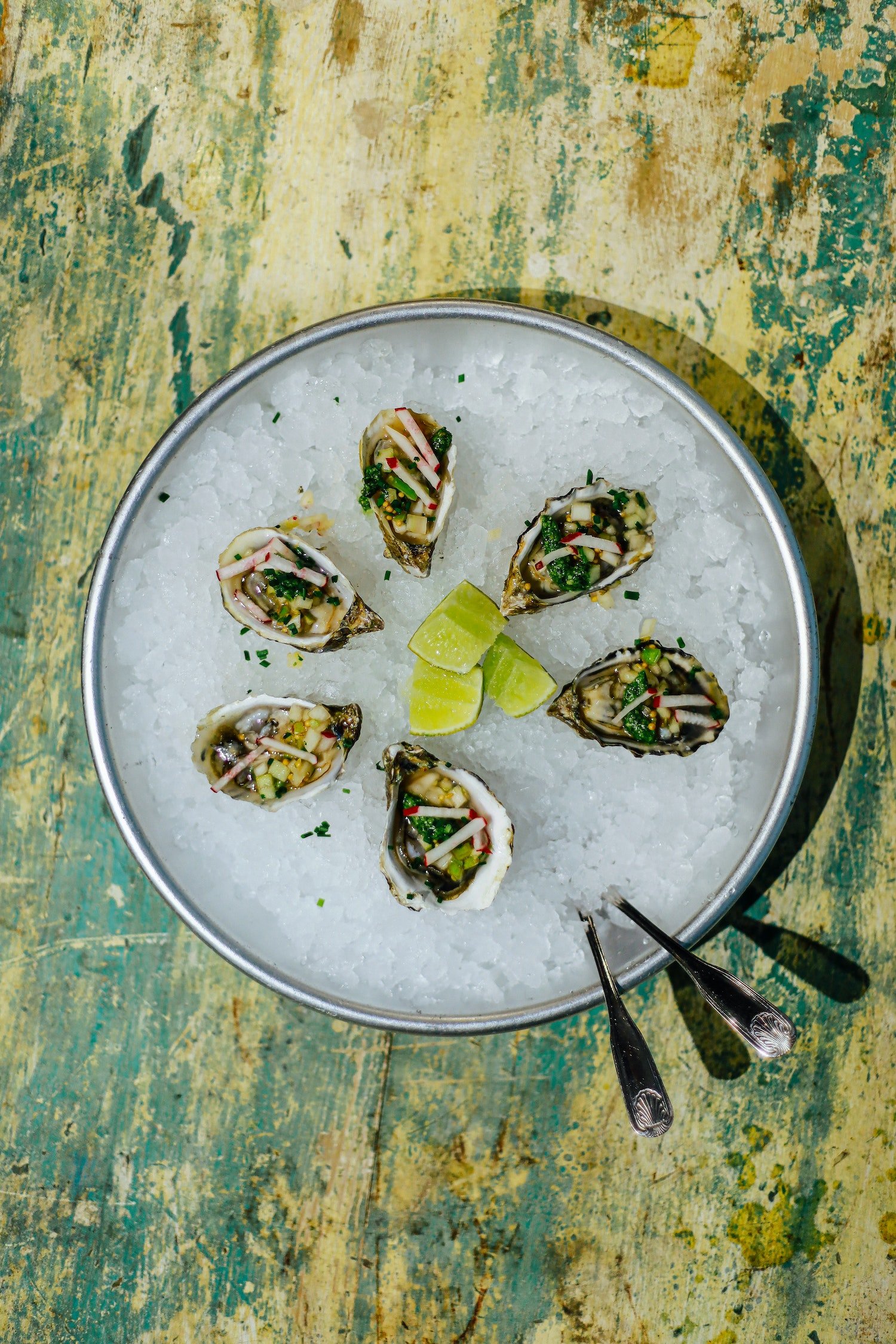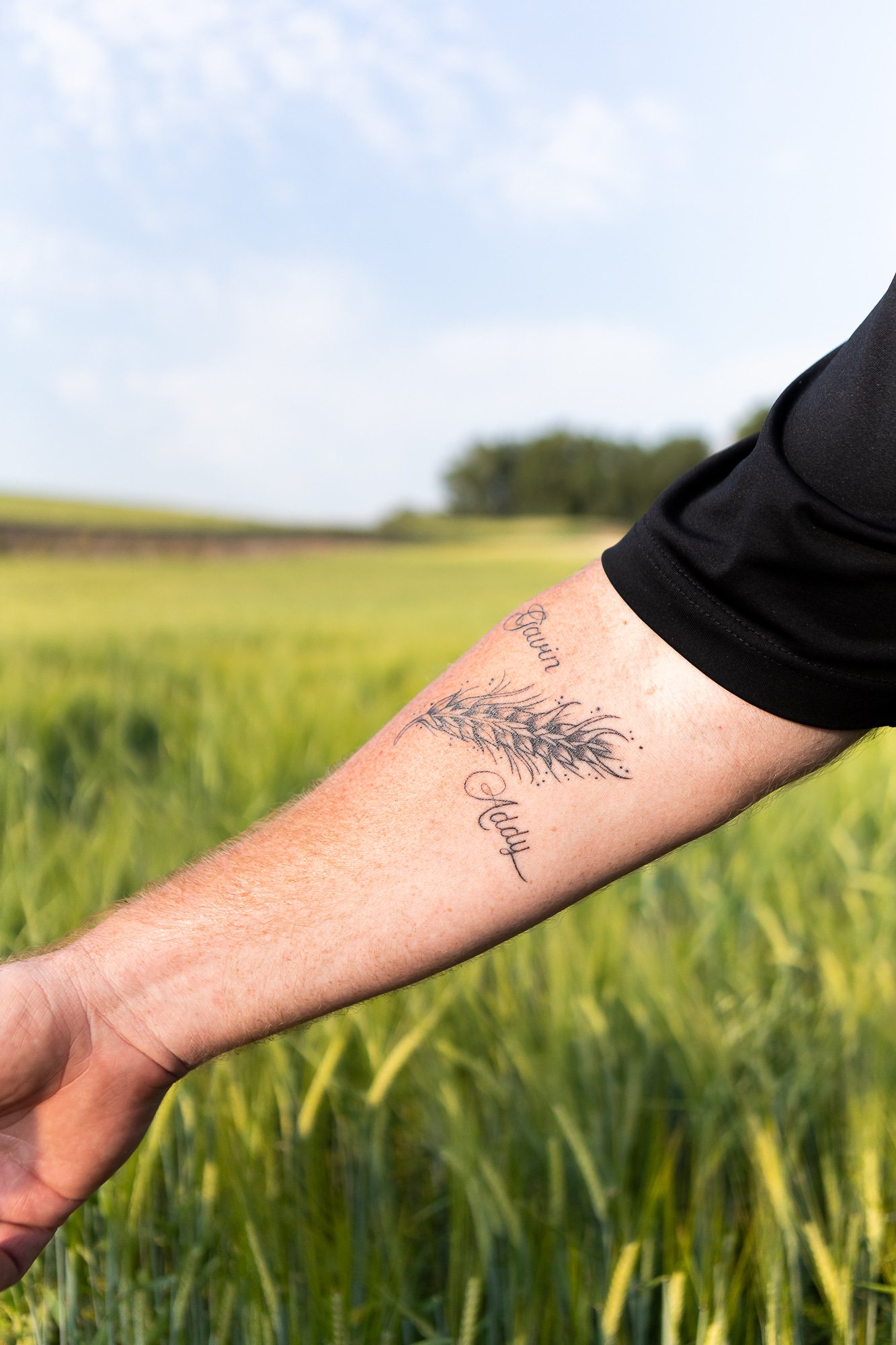Explore the Power of Herbs for Full Body Support this Spring
Explore the Power of Herbs for Full Body Support this Spring
BY RACHEL CLARKWhen Spring comes around, what do you think of? As a clinical herbalist, I think of a few things for my clients to focus on. After winter the body can often use extra nourishment and support. In Vitalist herbalism, rather than “detoxing” the body, like is popular in Spring, herbs are used to help build back up after a season where, traditionally, people didn’t have access to fresh greens. I focus on supporting full body health as people start to get outside and move more by using herbs for the liver, lymph and immune system with a focus on nutrition. Here are a few herbs that grow readily in Spokane that are easy to add to your routine this Spring.
Dandelion (Taraxacum off.)
Parts used: whole plant. Dandelion is one of the most common Springtime herbs and is one of the first plants to push back through the soil in the spring. Keep an eye out, this ‘weed’ is likely already in your yard.
In the early spring, harvest leaves to use in tea, salads, or just a tasty snack. Traditionally, after a long winter, people would eat dandelion to help boost energy for the upcoming season and rebuild after not having access to fresh food. We, as people in 2023 have access to fresh food all year round, but your body could still probably use extra support.
Dandelion is a liver tonic and helps the liver move toxins out of the body. It also can help reduce any excess water the body may be holding. It promotes bile flow and is full of antioxidants. Additionally its bitter quality can support healthy digestion.
Pollinators love them and the flowers are some of the first food for bees after the winter. You can add the flowers to salads, make jelly with them (it tastes like honey), or even imbibe with dandelion wine. Most people spray dandelions, so be sure to harvest in an area free of pesticides.
Arrowleaf balsamroot (Balsamorhiza sagittata)
Parts used: root, leaf, seeds. If you’ve been in Spokane in the Spring, you’ve most likely seen this plant. Balsamroot is native to the western half of the United States, ranging from British Columbia, through the mountain west to the Dakotas. This bright flower looks like a sunflower but is shorter, about a foot tall. Blooms last from late spring through mid-summer and grow in bright meadows or on rocky hillsides.
Balsamroot is a great immune supporting plant and can be used in place of its cousin Echinacea spp. It helps to boost the production of white blood cells, promoting immune function, specifically in the lungs, but can be used for full-system support. It’s also been shown to help slow the growth of Staphylococcus bacteria as detailed in a 1995 study from the Department of Botany at the University of British Columbia. Balsamroot can help clear mucus from the lungs, be made into a syrup for sore throats and topically, can help ease bumps and bruises.
Native American groups used balsamroot as food. The root, young shoots and seeds are all edible. Harvesting this plant can be difficult, so it’s best to have ample time and sharp tools. Limit your harvest to large stands, and just a couple leaves per plant. It is a slow growing which makes it more susceptible to over harvesting. When harvesting the root, take care not to pull up the whole plant, but to just take a piece, while leaving most of the root intact. Some balsamroot plants can live to be 40-80 years old, so respect your elders, and only harvest from the younger plants.
Nettle (Urtica dioica)
Parts used: Leaf, seeds, roots. Nettle often gets a bad reputation as an annoying weed. It’s fairly inconspicuous, but for hikers, it will make itself known with the stinging hairs that cover its stem and leaves causing hives and an itchy rash. It grows near water, or along the coast in moist meadows. The leaves can be used as tea, juice or tincture. Nettle pesto makes a nutrient dense and delicious dinner. Top it with a squeeze of lemon and pine nuts. It has strong diuretic properties and can help support kidney function. Urtica is full of important Spring vitamins and minerals including choline, acetylcholine, vitamins A and D, iron, sodium, potassium, phosphorus, calcium, chlorophyll, silica and scleroprotein, meaning it can support metabolism, neurotransmitter function, connective tissue health, immunity and replete nutrition.
Additionally, they support sinus allergies, arthritis symptoms and are a potent anti-inflammatory. For the brave, fresh nettles can be used topically to help ease symptoms of arthritis. In a centuries old practice called urtication, painful areas are purposefully stung with fresh nettles. The sting is thought to encourage blood flow which brings warmth and nutrients to the painful area and helps increase range of motion.
These herbs, as with most, take time and consistency before they really start to take effect. With patience and daily use they can help support this seasonal transition.
Immune Support tincture:
The following herbs all grow locally in the PNW! Add all herbs to a quart mason jar and cover with 40% alcohol. Let the herbs soak in a cool, dry, dark place for 4-6 weeks, shaking occasionally. Be sure that the herbs stay fully submerged in the liquid to prevent mold. If you’re having trouble keeping them covered you can add a coffee filter with a weight to keep them covered. After 4-6 weeks, strain and bottle your tincture. Take 2-3ml three times per day at the first sign of sickness.
Ingredients:
Balsamorhiza sagittata (Arrowleaf balsamroot): 10g
Mahonia spp. (Oregon grape Root): 3g
Pinus spp. (Pine): 5g
Asarum caudatum (Wild ginger): 7g
Urtica dioica (Nettle): 5g
32oz vodka, gin or other clear alcohol.
Rachel Clark is a certified clinical herbalist and freelance writer based in Spokane. You can find out more about her practice at spokaneherbalist.com on Instagram @rachelclarkherbalist or by phone at 509-530-1369.





























